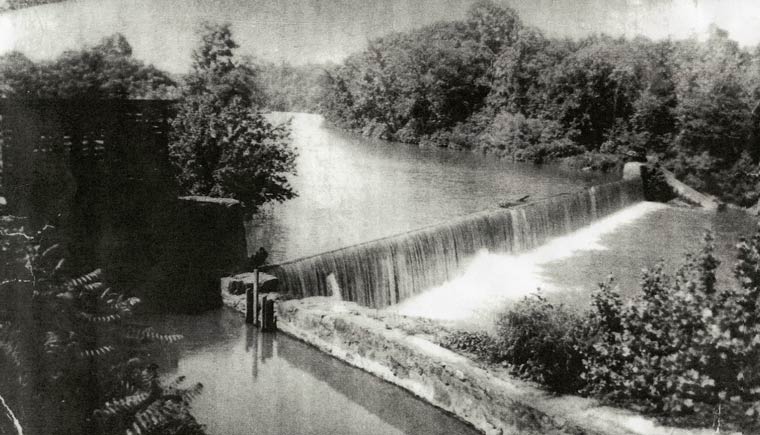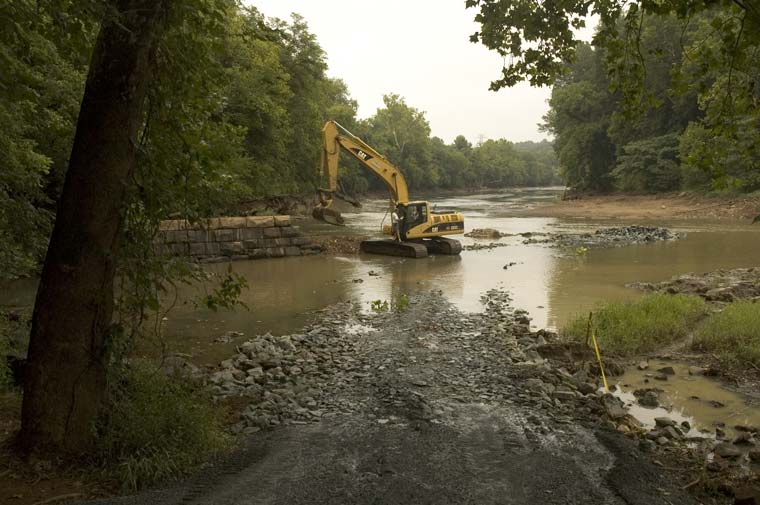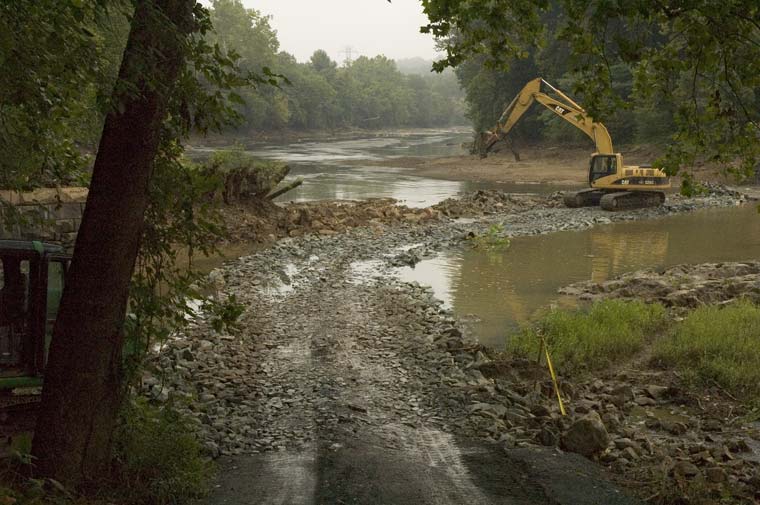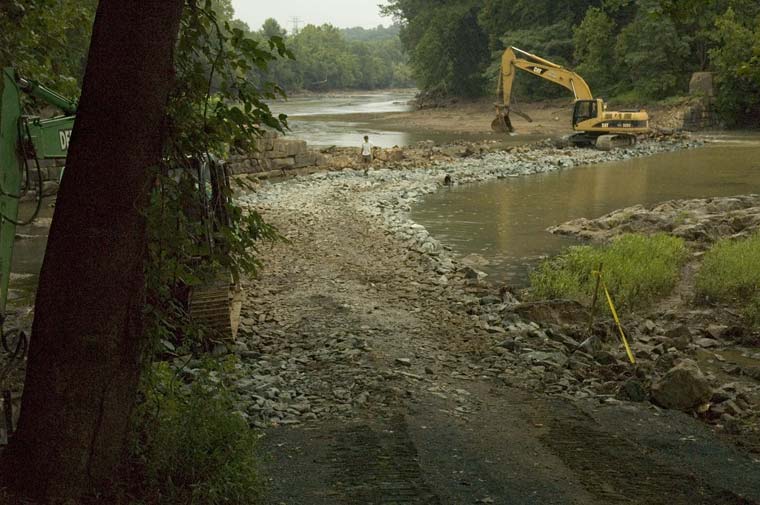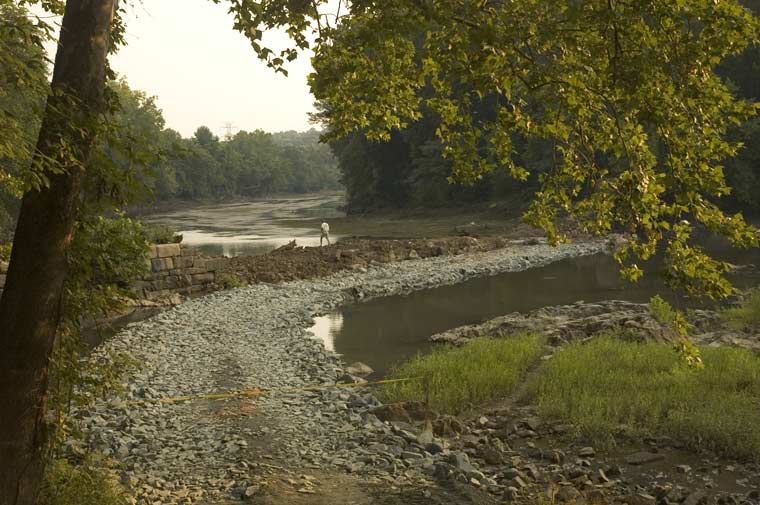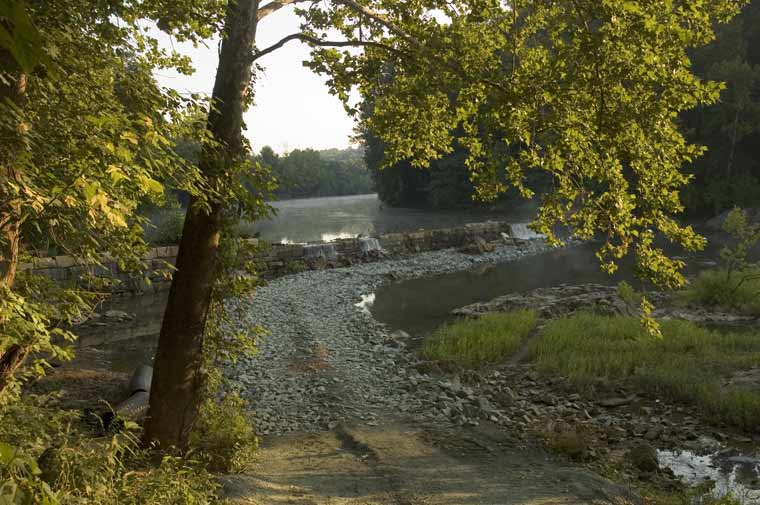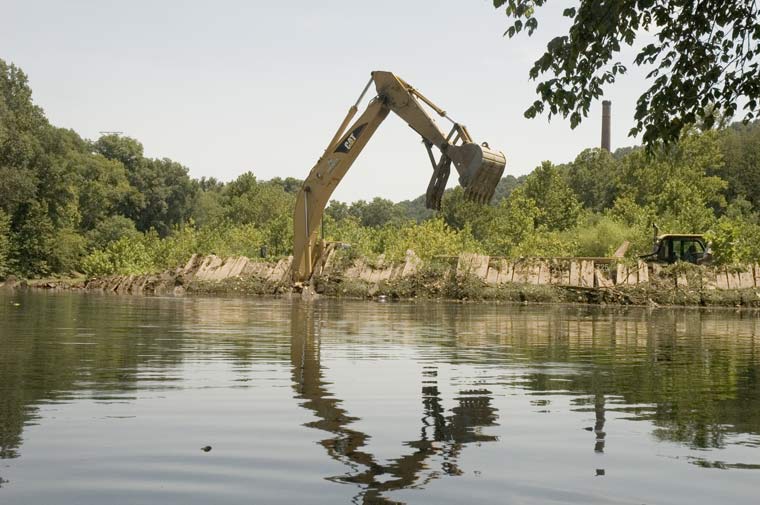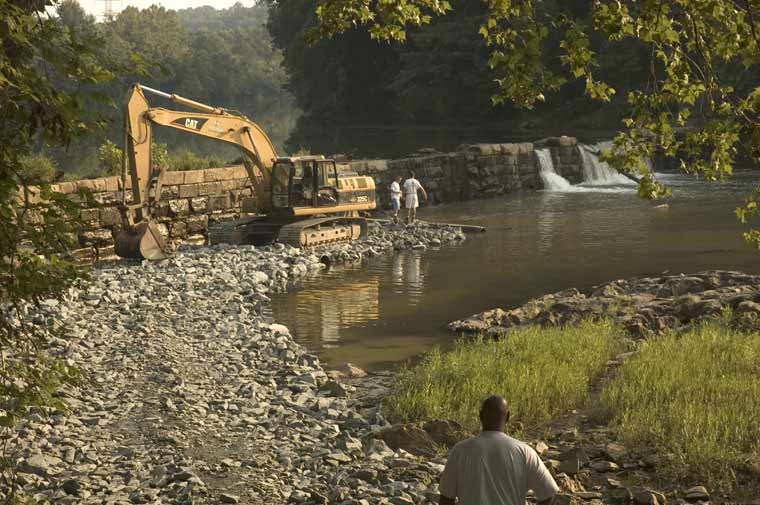from the ruins
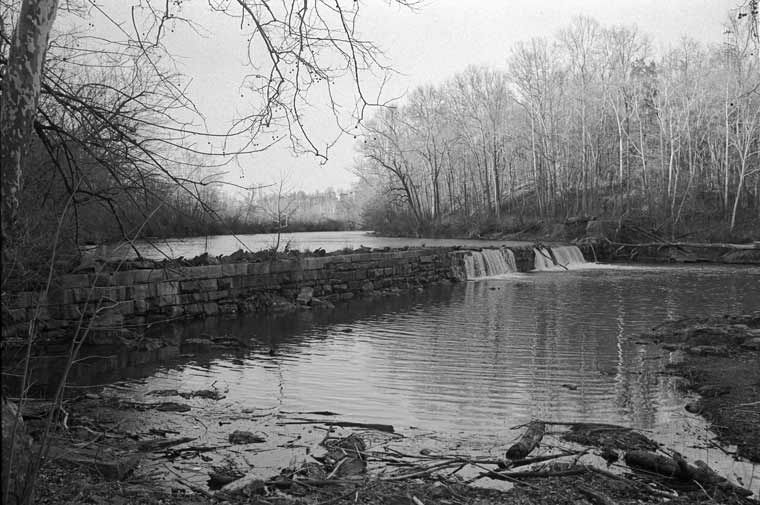
Before the new company can be examined, one must recount briefly the immediate postwar history of the mill. From the smoldering ruins confronting Henry Marchant during the damp and dreary days of March, 1865, to the birth of the stock company on that cold December day stretched three years of determined exertion on the part of Marchant. Quickly clearing away the debris, his first impulse was to make only the modest outlay needed to rebuild the grist mill. But germinating in his mind was the hope of returning to the processing of wool and the manufacture of wool and cotton fabrics. As this seed took root one fact became visible. The fire of 1865 had left one beneficial effect; it had purged the mill forever of the encumbrances of the once necessary subsidiary activities tied to the water power of the dam. --Harry Poindexter
Labels: dam, Poindexter History, Rivanna River
